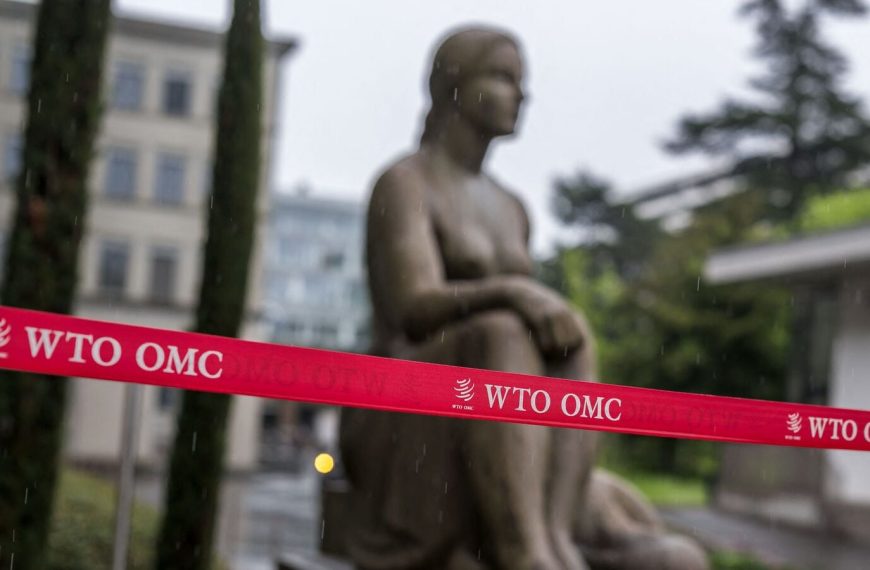India’s industrial production has hit a six-month low, registering a mere 2.9% growth in February 2025. This significant slowdown is primarily attributed to underperformance in critical sectors, including manufacturing, mining, and power. The recent statistics, released on Friday, reveal a concerning trend in the nation’s industrial landscape.
Manufacturing Sector Struggles
The manufacturing sector, a key driver of India’s economic engine, experienced a notable decline in output growth, dropping to 2.9% in February 2025 from 4.9% in the same month last year. This downturn emphasizes the ongoing challenges facing manufacturers as they grapple with market fluctuations and rising operational costs.
- February 2025: Manufacturing growth at 2.9%
- February 2024: Manufacturing growth at 4.9%
Mining and Power Production Declines
Not only is manufacturing faltering, but the mining sector also reflected a significant decrease in growth. February 2025 saw mining production growth fall to 1.6%, a stark contrast to the 8.1% recorded a year prior. Similarly, power output growth weakened to 3.6%, down from 7.6% in February 2024.
Key Figures:
- Mining Production: Down to 1.6% from 8.1%
- Power Output: Reduced to 3.6% from 7.6%
Revised Industrial Growth Figures
In a bit of positive news, the government adjusted its industrial growth estimate for January 2025, increasing it to 5.2%, up from an initial estimate of 5%. This revision highlights the fluid nature of industrial statistics and the importance of ongoing assessments.
Overall Trends
For the period from April to February, the Index of Industrial Production (IIP) recorded a growth of 4.1%, which is a decrease from 6% during the same time frame last year. This data, compiled by the National Statistics Office (NSO), underscores a broader trend of slowing industrial activity in the nation.
In summary, as India navigates these economic challenges, the continued decline in industrial production serves as a crucial indicator of the country’s economic health. Stakeholders are urged to monitor these trends closely, as the implications can significantly impact future growth strategies and policy decisions.











